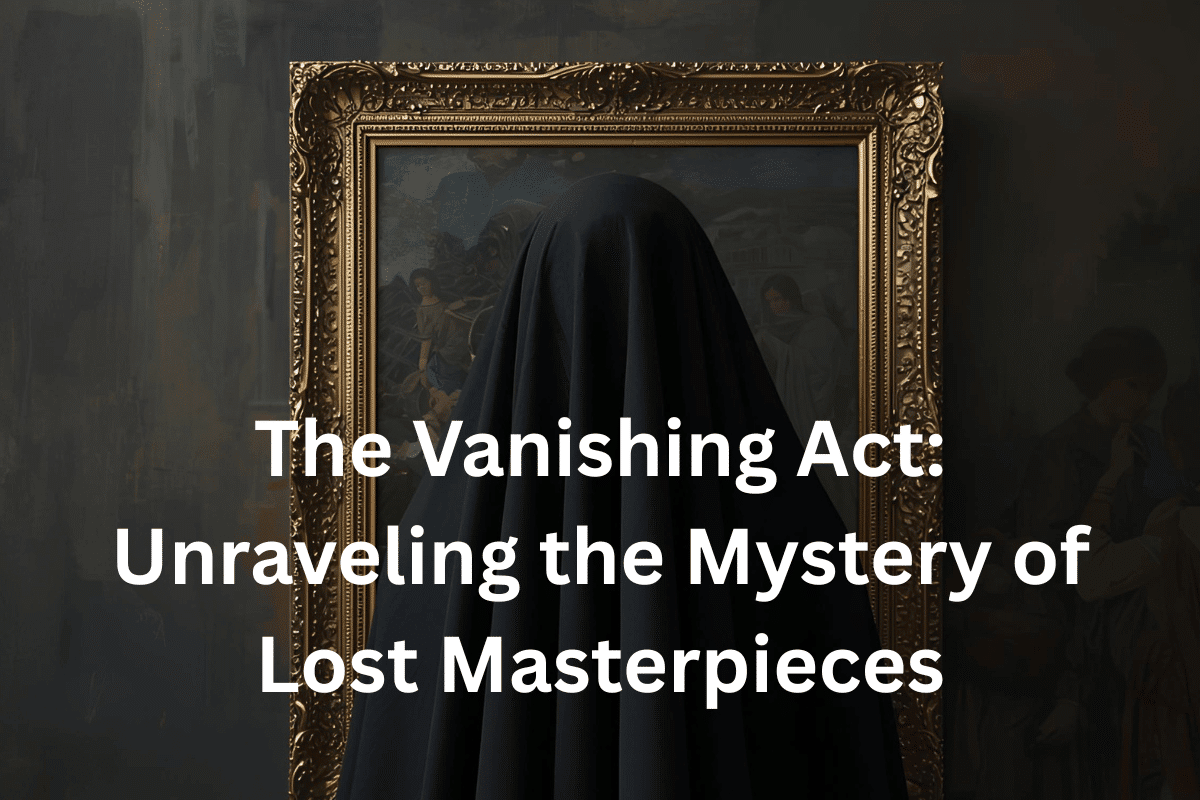Imagine a painting so magnificent and groundbreaking that it simply… vanished. Not stolen, nor destroyed in a war, but mysteriously gone, leaving behind only whispers and legends. Today, we’re diving into the untold stories of masterpieces that history forgot—art so valuable yet so elusive that you won’t believe they ever existed. These lost works have sparked intrigue and speculation, captivating the imaginations of art lovers and historians alike.
As we explore these forgotten treasures, we’ll uncover the mysteries surrounding their disappearance and the impact they had on the art world during their time. From renowned artists whose works slipped into obscurity to the cultural significance of these pieces, prepare to embark on a journey that reveals the hidden narratives behind art history’s most elusive masterpieces. Join us as we bring these stories back to life and celebrate the beauty that once was.
Table of Contents
- Direct Question & Challenge Of Lost Art
- Opening the Vault of Absence of Lost Art
- Whispers of Destruction: Catastrophes and Conflict
- The Art of Disappearance: Theft, Smuggling, and Cover-Ups
- Echoes of the Lost: Where Do We Go From Here?
- The Enduring Legacy of Absence
- List of Prominent Lost Works of Art
- A Call to Remember
- Related Questions
Direct Question & Challenge Of Lost Art
What if the most influential artworks in history aren’t in museums, but completely lost to time? We’re talking about legendary pieces, known only through ancient texts and faint echoes, that have literally disappeared from the face of the Earth.
Can you truly understand art history if some of its most pivotal creations are entirely absent?
Opening the Vault of Absence of Lost Art
The profound mystery of art that simply isn’t there anymore captivates our imagination. These legendary works, only known through descriptions or historical records, haunt our cultural memory, reminding us of the fragility of artistic expression. Their absence raises questions about the very nature of art, its preservation, and its legacy.
Glimpses of Legendary Works
Throughout history, there have been countless masterpieces that have slipped through the cracks of time. The stories of these works, told through the voices of historians, artists, and enthusiasts, serve as a poignant reminder of what we have lost. Each piece carries with it a narrative of creativity, culture, and the human experience, forever marked by its disappearance.
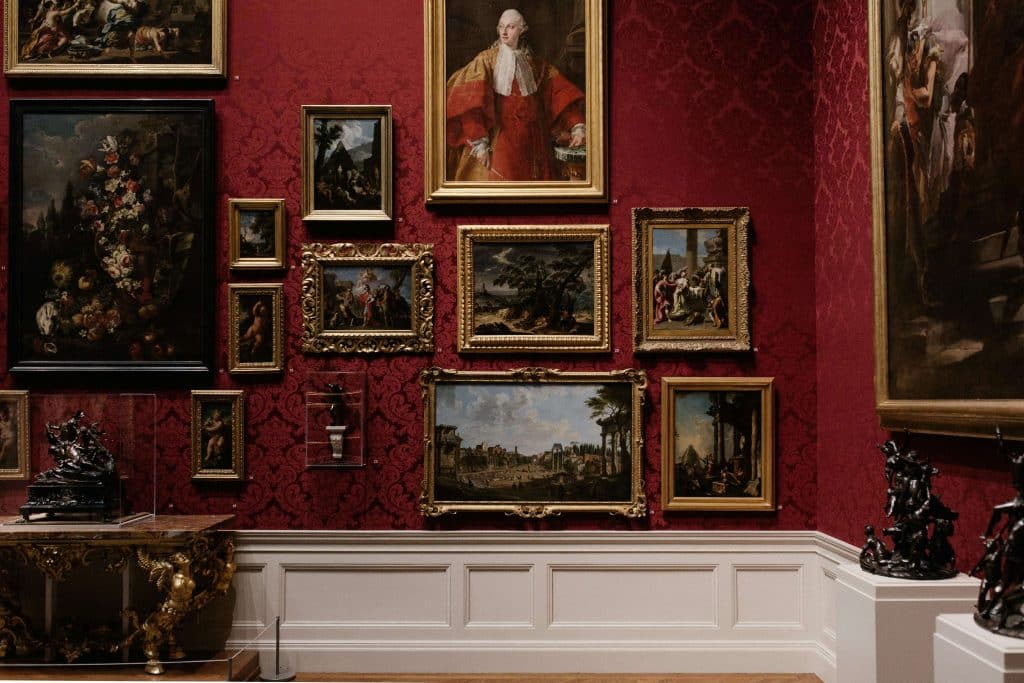
Whispers of Destruction: Catastrophes and Conflict
The Heartbreaking Toll of War
War has an undeniable impact on art, often resulting in the loss of invaluable cultural heritage. The destruction of ancient sites in Palmyra, Syria, and the looting of Ukraine’s cultural treasures during conflict are just a few examples of how violence can erase artistic legacies. These acts not only rob us of physical artworks but also of the stories and histories they represent.
Natural Disasters and Accidents
Natural disasters, such as fires, floods, and earthquakes, have also claimed their share of masterpieces. The fragility of physical art is a stark reminder of the forces of nature that can obliterate even the most cherished creations. The destruction of the library at Alexandria, for instance, is often cited as one of the greatest losses to human knowledge and culture.
Intentional Destruction: Iconoclasm
Iconoclasm, the deliberate destruction of religious icons and symbols, has played a significant role in erasing artistic legacies. Throughout history, movements have sought to eliminate art that they deemed heretical or idolatrous. This intentional erasure leaves behind a void that echoes through time, challenging our understanding of cultural heritage.
The Art of Disappearance: Theft, Smuggling, and Cover-Ups
Heists of Legend
Some artworks have vanished due to legendary heists, such as the Isabella Stewart Gardner Museum theft in 1990, where 13 pieces of art, including works by Vermeer and Rembrandt, were stolen. Despite extensive investigations, the case remains unsolved, leaving art enthusiasts to wonder about the fate of these masterpieces.
Illicit Trade
The dark world of art smuggling has also contributed to the disappearance of many works. Once valuable pieces can be swallowed by the black market, hidden from view and stripped of their cultural significance. The illicit trade in art raises ethical questions about ownership and preservation, complicating the narrative of lost masterpieces.
Hidden in Plain Sight
Rumors abound of artworks secreted away by collectors or governments, hidden from public view. These pieces may exist in private collections, their whereabouts known only to a select few. The mystery surrounding these hidden treasures adds another layer to the intrigue of lost art.
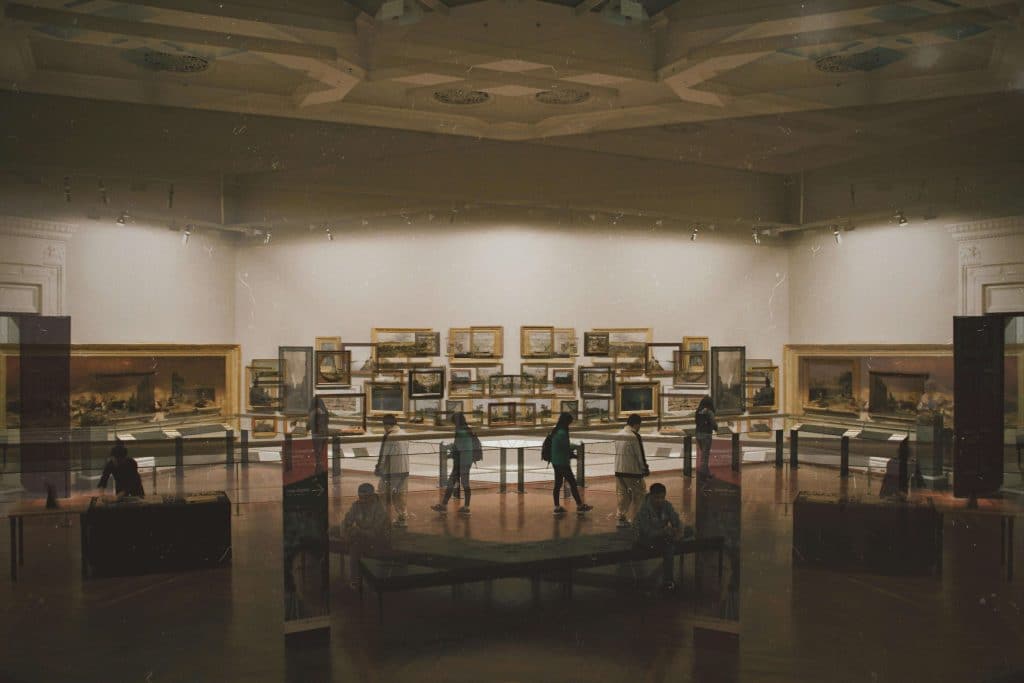
Echoes of the Lost: Where Do We Go From Here?
The Digital Resurrection
Technology offers hope for the reconstruction and visualization of lost art. Digital tools allow us to recreate missing works, providing glimpses into what once was. Virtual reality and augmented reality applications enable viewers to engage with these pieces in new and innovative ways, bridging the gap between absence and presence.
The Ongoing Hunt
Modern art recovery efforts are dedicated to the pursuit of justice for lost masterpieces. Organizations and individuals work tirelessly to track down stolen works, aiming to return them to their rightful places. This ongoing hunt reflects a commitment to preserving cultural heritage and honoring the legacies of artists.
The Philosophical Impact
The absence of these works teaches us about art’s value and vulnerability. It prompts us to consider the fragility of creativity and the importance of preservation. What does it mean for a society when its artistic heritage is lost? These questions challenge us to reflect on our role in safeguarding the cultural treasures that remain.
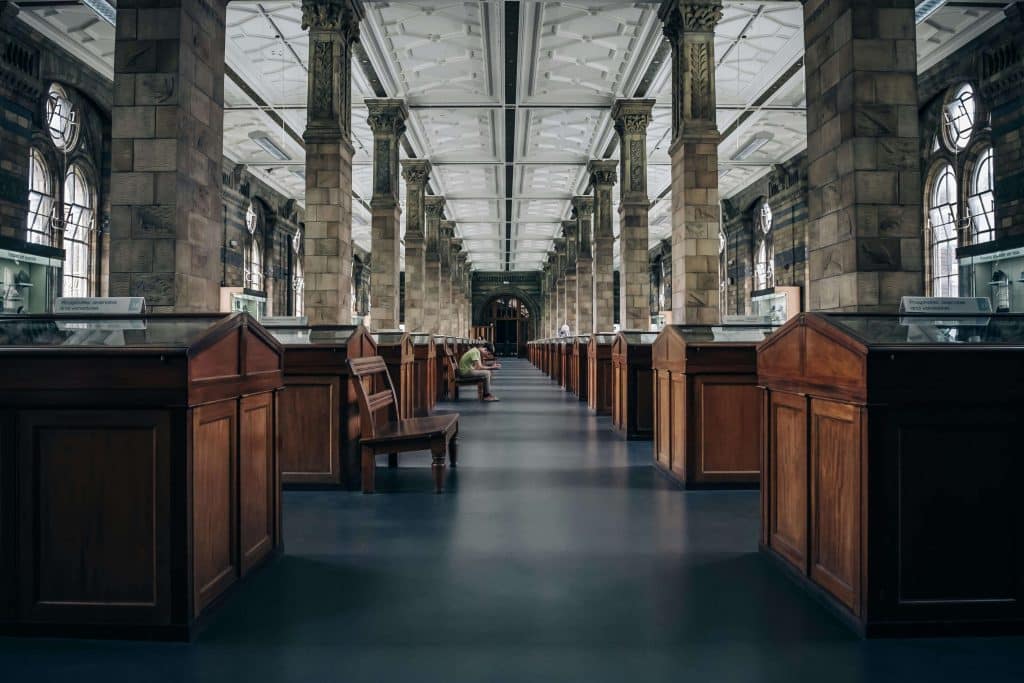
The Enduring Legacy of Absence
The Power of the Unknown
The stories of lost art continue to inspire and provoke thought. The mysteries surrounding these pieces spark curiosity and imagination, reminding us of the potential for discovery in the realm of art. The absence of these works serves as a powerful reminder of the stories that remain untold.
Our Role in Preservation
As we contemplate the vanishing act of these masterpieces, we must also consider our role in preserving what remains. Protecting future masterpieces requires vigilance, advocacy, and a commitment to cultural heritage. By valuing and supporting the arts, we contribute to a legacy that honors creativity and expression.
List of Prominent Lost Works of Art
Here are some notable works of art that have been lost to history, along with their artists and the circumstances surrounding their disappearance:
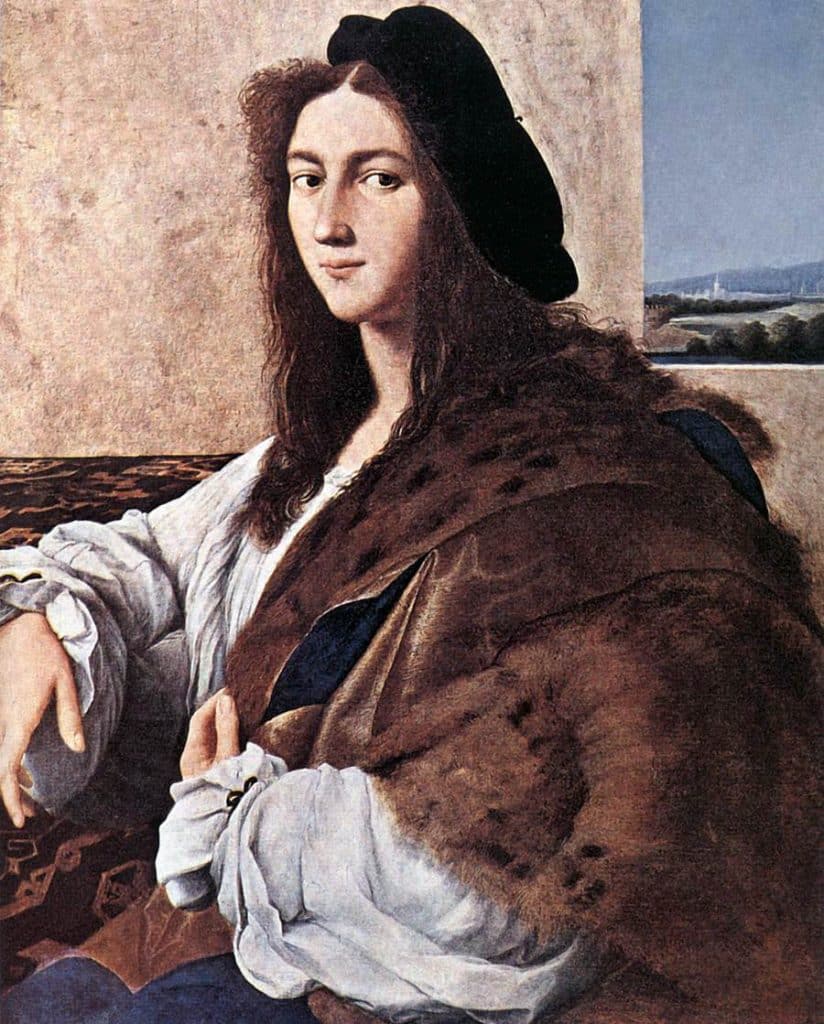
The Portrait of a Young Man, Artist: Raphael
How/When It Disappeared: Raphael’s Portrait of a Young Man, created around 1513–1514, was looted by the Nazis during World War II. It vanished in 1945, and its fate remains a mystery, with only reproductions and descriptions surviving to tell its story.
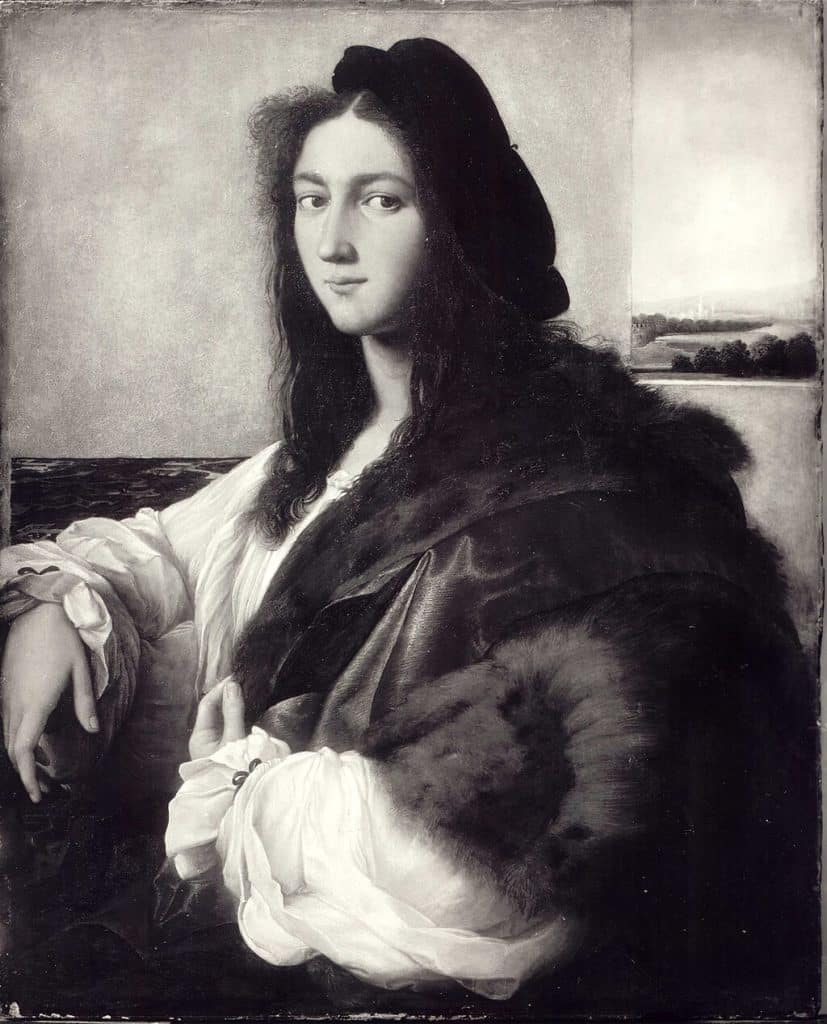
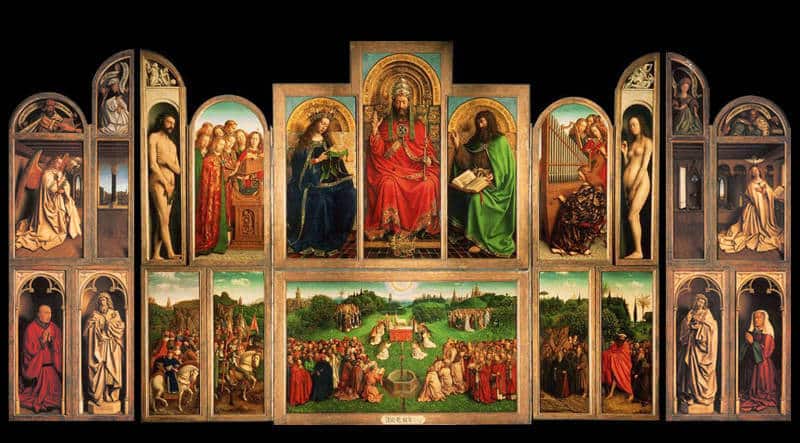
The Just Judges
Artists: Jan and Hubert van Eyck
How/When It Disappeared: Part of the Ghent Altarpiece, this panel was stolen in 1934 and has never been recovered. It is one of the most famous cases of art theft in history, leaving behind only its historical significance.
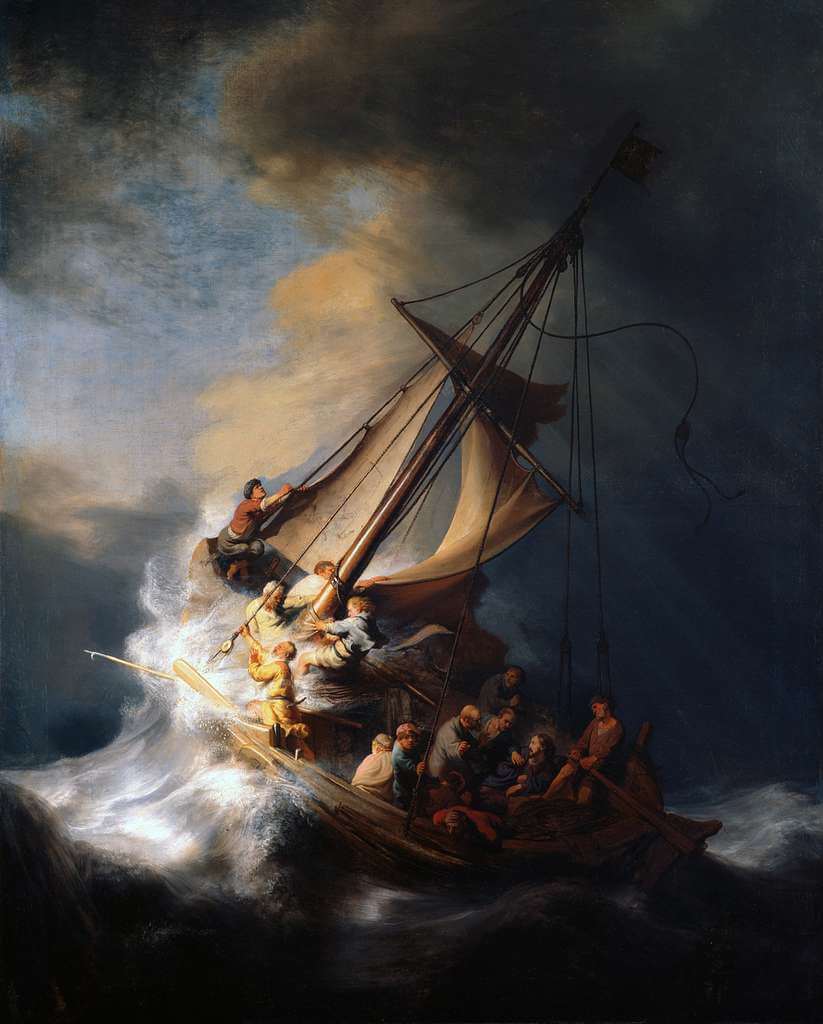
The Storm on the Sea of Galilee
Artist: Rembrandt
How/When It Disappeared: Stolen during the Isabella Stewart Gardner Museum heist in 1990, this masterpiece has not been recovered. Its absence is felt deeply in the art community, as it was Rembrandt’s only seascape.
A Call to Remember
The stories of lost masterpieces remind us of the fragility of art and the importance of preserving our cultural heritage. As we reflect on the vanishing act of these works, let us remain vigilant in our efforts to protect what remains and honor the legacies of those who came before us.
By engaging with the mysteries of lost art, we not only celebrate creativity but also acknowledge the ongoing struggle to preserve the stories that shape our understanding of culture and history. The echoes of these lost masterpieces continue to resonate, inspiring future generations to cherish and protect the artistic treasures of our world.
Deep Dive Podcast
Listen to our podcast about The Vanishing Act and Lost Art.
Anita Louise Art is dedicated to art education, great artists, and inspiring others to find and create their art. We love art that uplifts and inspires. #ArtToMakeYouSmile! #ArtToMakeYouHappy!
If you are interested to see any of my art, you can find out more by clicking here. If you are interested in what inspires me and my paintings, you can discover more by clicking here.
We have a free newsletter and would love you to be part of our community; you can subscribe to the newsletter by clicking here. If you have any questions, I would be happy to talk to you anytime. You can reach me, Anita, by clicking here.
Subscribe to our Anita Louise Art YouTube Channel with great videos and information by clicking here.
Join us for our podcast “5 Minutes With Art.”Spend 5 minutes a week with us to discover and learn about great art and artists. You can find out more about our podcast by clicking here.
Related Questions
Why Was Impressionism Art At First Rejected?
During the emergence of impressionism art, fine-art oil painting was an essential addition to the interior design of a home, especially for the affluent and the increasing arrival of the middle classes. For these art patrons, only some art styles were considered acceptable for them to use for the interior design of their home, and impressionism art did not fit into any of these culturally acceptable fine art categories.
By clicking here, you can learn more by reading Why Was Impressionism Art at First Rejected?.
Why Is Van Gogh Considered Such A Great Artist?
Many things make Vincent Van Gogh unique and great as an artist. He had a great way to use color in his art, but more than that, he was an artist who set and paved the way for other artists. He changed art with his brushstroke technique, how he used color, and his design abilities. Van Gogh did all this as a self-taught artist.
By clicking here, you can learn more by reading Why Is Van Gogh Considered Such A Great Artist?.
What Art Tools Did Vincent Van Gogh Use?
Vincent Van Gogh used most of the essential tools that artists of his day used, such as oil paints, turpentine, oil, canvas, brushes, palette knife, and easel. We learn from some of his letters how he used these art tools for his paintings. We also know from the letters how essential these art tools were to him.
By clicking here, you can learn more by reading What Art Tools Did Vincent Van Gogh Use?.

